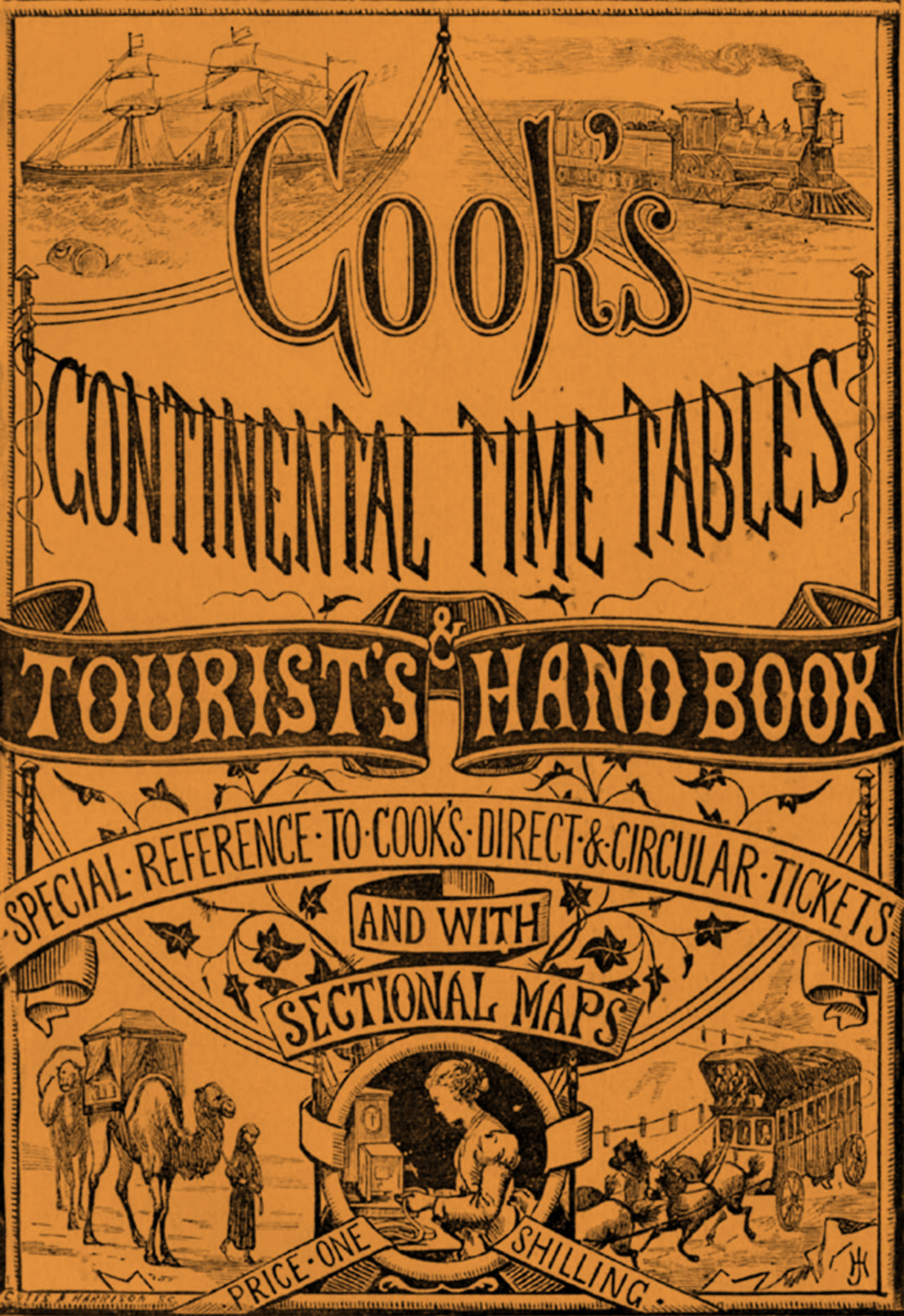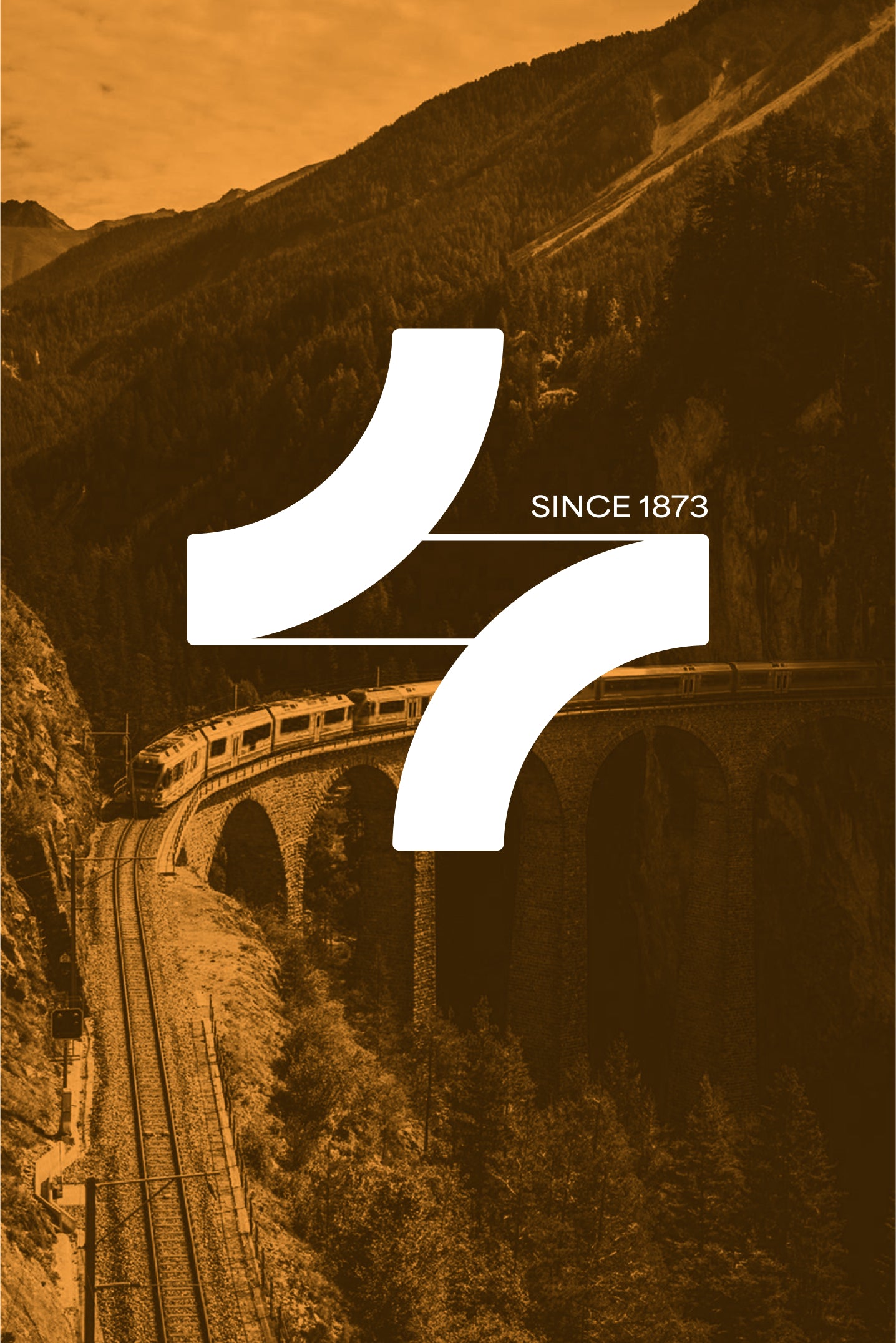About us
European Rail Timetable (ERT) is the definitive, trusted authority in rail travel across Europe, providing expertly curated timetables and essential journey-planning information since 1873.
With a legacy built on accuracy and reliability, ERT empowers travellers to discover the joy in slow travel – where they journey is just as rewarding as the destination.
We believe rail travel is more than just getting from A to B; it’s an opportunity to experience Europe at a more thoughtful pace, immersing yourself in the landscapes, cultures, and hidden gems that make each route unique.
The company’s historic position in the European travel community, combined with its team’s unmatched expertise and passion for rail travel, allows ERT to provide the most complete, useful, and inclusive guide to rail travel across Europe.
ERT offers more than just comprehensive timetables. Through our guidance, we inspire travellers to slow down, explore mindfully, and rediscover the beauty of the journey itself.

Our history
Rail experts, since 1873
The European Rail Timetable originated as Cook’s Continental Time Tables and Tourist’s Handbook, first issued in March 1873 by Thomas Cook & Son in London. Conceived by employee John Bredall and approved by John Mason Cook, it offered a concise, portable alternative to the bulky Bradshaw’s Continental Guide. Initially quarterly, it became monthly in 1883, printed with Cook’s trademark orange cover. The publication grew with Europe’s expanding railway network and adopted the 24-hour clock in 1919 — a British first.
World Wars and Recovery
Despite wartime disruptions, publication continued through World War I but was suspended from 1939 to 1946. Under editor H. V. Francis, the post-war version modernized its layout, introduced route numbering, and dropped prewar extras like travel fashion advice. In 1952, J. H. Price became editor, simplifying maps and improving clarity. The 1950s–70s saw features such as Trans-Europe Express listings, car-sleeper trains, and summer/winter supplements, keeping it indispensable despite air travel’s rise.

Evolution of Scope and Identity
From 1974 to 1987 the title shifted between Continental, International, and finally European, mirroring expanding global coverage before refocusing on Europe. British train tables were reinstated in 1970 after a 30-year absence. The book standardized metric units, adopted local place-names, and gradually shifted from letterpress to lithographic printing.
Modern Era
Renamed Thomas Cook European Rail Timetable in 2005, it remained the authoritative reference for rail travel. Thomas Cook ended publication in 2013, but editorial staff formed European Rail Timetable Ltd., continuing production independently from 2014. Since then, printed editions appear seasonally while digital issues remain monthly.
Now in continuous issue for over 150 years — except during World War II and a brief 2013–14 pause — the European Rail Timetable endures as the standard, traveler-focused record of Europe’s passenger rail network.

